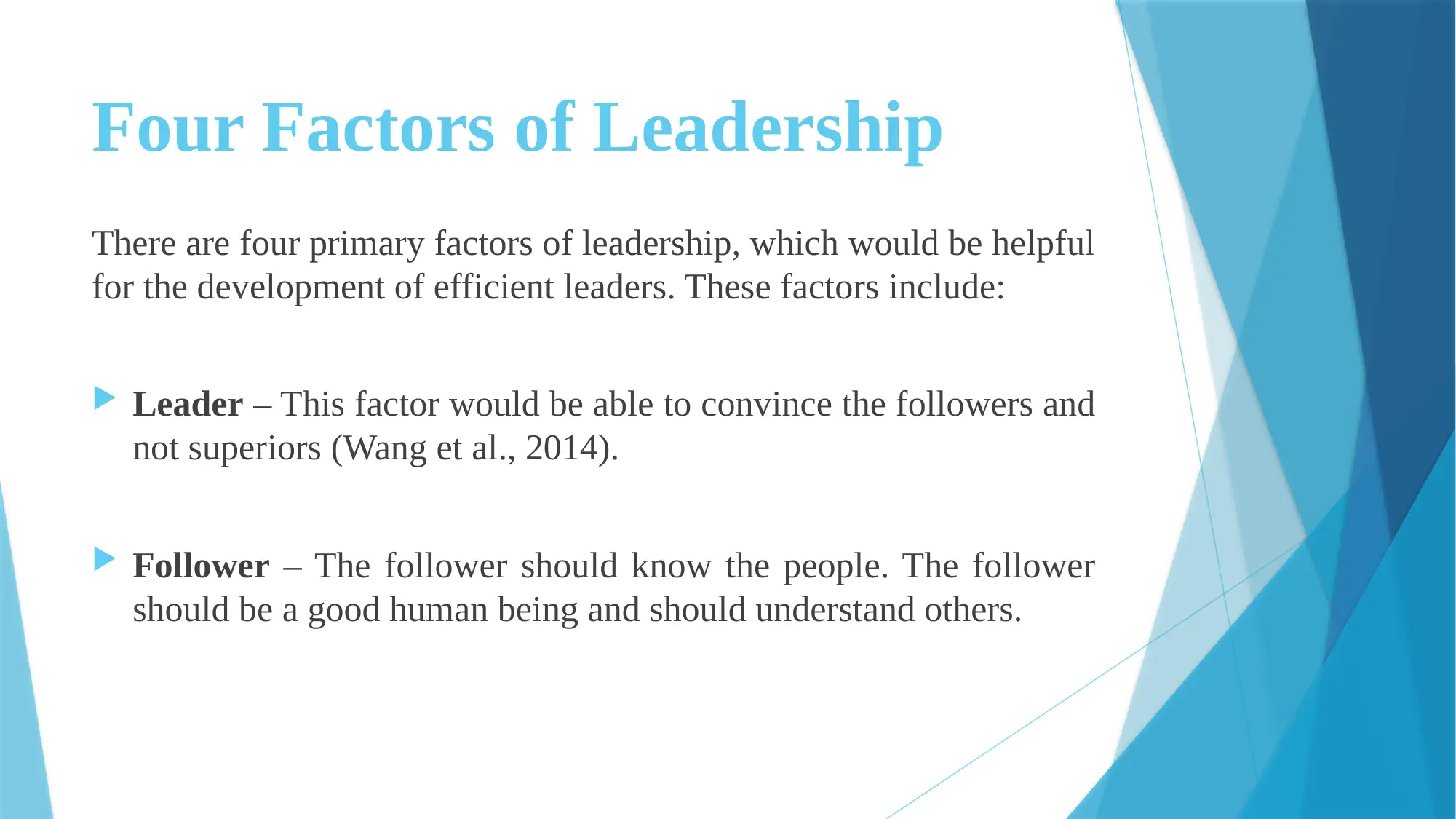Leadership Presentation: Theories, Styles, and Improving Effectiveness
VerifiedAdded on 2023/05/26
|18
|966
|499
Presentation
AI Summary
This presentation delves into the multifaceted realm of leadership, dissecting its core elements and practical applications. It begins by defining leadership and outlining the key factors that shape effective leadership, including the leader, the follower, communication, and the situational context. The presentation then explores various leadership styles, such as autocratic, democratic, and delegative approaches, highlighting their characteristics and implications. Furthermore, it examines different types of leadership power, including coercive, reward, legitimate, referent, informational, and expert power, and how they influence organizational dynamics. The presentation also includes insights from Stephen Covey's '7 Habits of Highly Effective People', providing a framework for personal and professional development in leadership. The presentation concludes by offering guidance on how to develop leadership skills, including understanding leadership styles, encouraging creativity, serving as a role model, and effective listening and communication. The presentation is designed to provide a comprehensive overview of leadership principles and practices.
1 out of 18


















![[object Object]](/_next/static/media/star-bottom.7253800d.svg)